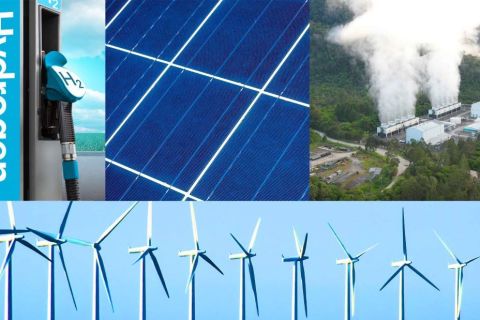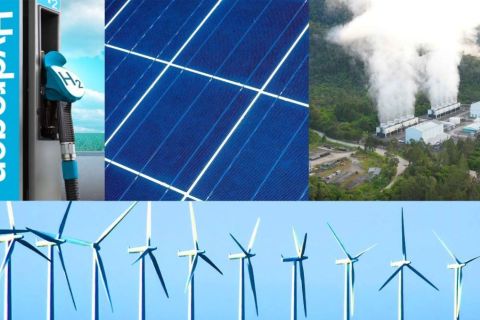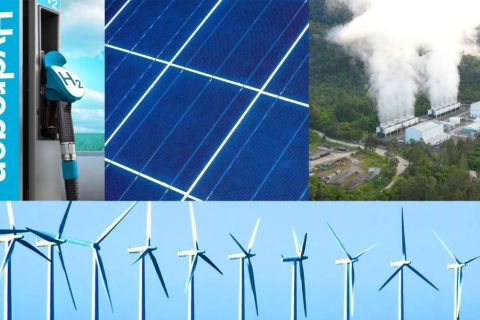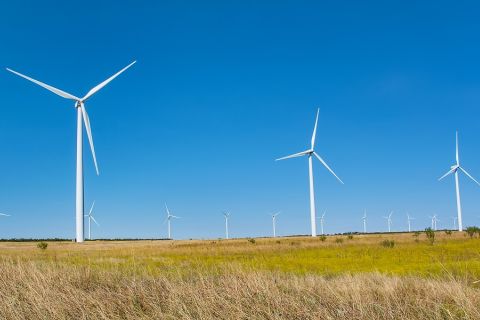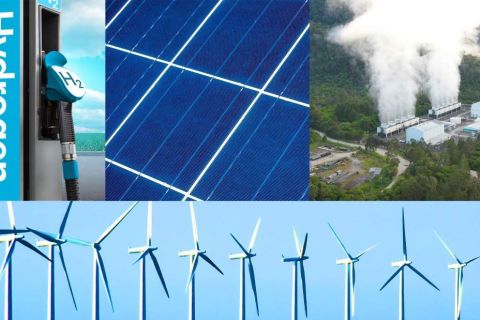
In the first nine months of 2011, there were 19 oil and gas discoveries in Brazil -- the highest number in the world -- and 17 of those discoveries were in the subsalt areas of the Santos, Espirito Santo and Campos basins.
“On the basis of recent discoveries, Brazil’s subsalt region is estimated to hold 50 to 300 million barrels of recoverable oil reserves. The substantial oil and gas potential of the country has driven growth in subsalt development activities in the country,” according to “Offshore and Subsalt Discoveries in Brazil -- Market Analysis, Competitive Landscape and Production Forecasts to 2015,” a December 2011 report from GlobalData by Syed Imran Abbas, analyst.
“Floating, production, storage and offloading (FPSO) vessels are playing a key role in subsalt development in Brazil,” the report noted. “As of 2011, Brazil has 26 FPSO units operating with an annual crude production capacity of 1,067 million barrels and an annual natural gas production capacity of 807 billion cubic feet (Bcf). There are also 14 FPSO units that are expected to become operational during 2011-14.”
Much of the subsalt activity is being driven by major international oil companies such as BP, Chevron, Shell, ExxonMobil and Statoil as well as large independents like Anadarko Petroleum, ONGC Videsh, BG Group and OGX Petroleos e Gas Participacoes SA. In 2011, for example, Anadarko made the Itauna, Itaipu, Wahoo and Colaho discoveries in the Campos and Espirito Santo basins.
Petrobras, though, is the clear leader in the three subsalt basins. The company operates 67 blocks, which covers almost 60% of the exploration blocks in those basins.
However, even with the exploration successes, there are challenges that still remain. Technical challenges are a major concern for the oil and gas operations in subsalt.
“Thickness in certain regions is around 2.0 km and can reach almost 7.0 km below the sea surface. Issues such as low penetration rates, the tendency for borehole deviation, scaling control and wellbore instability must be dealt with,” stated the report.
“High operating costs, especially for drilling and production, are a major concern for the operators.
“The subsalt region’s environment is highly corrosive. There are heavy volumes of carbon dioxide and hydrogen sulfide content, which will affect the infrastructure. Developed cementing and metallurgical processes must be employed throughout the drilling and production process to counter these issues,” the report emphasized.
For foreign oil and gas companies, regulatory regimes of the Brazilian government hamper growth and development.
“For example, the government decided to make Petrobras a key operative in the subsalt prospects, allocating significant acreage to Petrobras. The company is permitted to hold at least a 30% equity stake in any public licenses and can even participate in them to further enhance its stake.
“International players that acquired interests in subsalt’s early concession bids are in a better position now. However, new entrants are finding their prospects of participating in subsalt plays highly competitive,” the report continued. “The complexity arising from the monopolisitic market, government control over operational activities and the concession/production sharing regime will affect the attractiveness of the market for international companies.”
However, “since 2009, the share of production by international companies has started to increase. This was primarily due to the active participation of these companies in the country’s licensing rounds,” the report added.
Petrobras, in its 2010-14 business plan, expected to invest about $33 billion towards the exploration and development of subsalt discoveries. The company targets production of 241,000 barrels per day of oil by 2014.
Finally, Brazil has initiated stringent safety and operating standards after the Macondo oil spill. The Brazilian government has been defining a national contingency plan for oil accidents and conducting a review of guidelines governing oil pollution accidents. A recent oil spill by Chevron is an example of how much emphasis is being placed on enforcing environmental regulations.
Recommended Reading
Energy Transition in Motion (Week of Feb. 23, 2024)
2024-02-23 - Here is a look at some of this week’s renewable energy news, including approval of the construction and operations plan for Empire Wind offshore New York.
Energy Transition in Motion (Week of Feb. 2, 2024)
2024-02-02 - Here is a look at some of this week’s renewable energy news, including a utility’s plans to add 3.6 gigawatts of new solar and wind facilities by 2030.
Energy Transition in Motion (Week of April 5, 2024)
2024-04-05 - Here is a look at some of this week’s renewable energy news, including the U.S. Environmental Protection Agency’s $20 billion ‘green bank.’
Scout Signs Agreement with AdventHealth for Texas Wind Farm
2024-02-01 - Scout Clean Energy will supply a portion of its Heart of Texas wind farm to support 40% of AdventHealth’s electricity needs.
Energy Transition in Motion (Week of Feb. 16, 2024)
2024-02-16 - Here is a look at some of this week’s renewable energy news, including the outlook for solar and battery storage in the U.S.

